 |
Helmut Uwe [OOVAE] Terton - Fab Academy |
|
This project aims to visualise sound that is emitted from a wooden tongue instrument when the tongues are hit by a finger or mallet (Figure 1).
The sound created will be visualised through air bubbles in a container filled with water and illuminated by coloured LED lights. Both the bubbles and light will change based on amplitude and frequency of the sound emitted when the instrument is played.
Since high school, I am fascinated by numbers, maybe because I am number dyslexic. Especially Fibonacci numbers and the golden ratio resulting from it has a strong fascination to me. It is clear to me that Fibonacci did not invent the sequences but found out by observation and so did ancient Chinese and before them possibly older cultures.
Based on Fibonacci sequences, I want to design and build a wooden tongue instrument that can be played by striking the tongues by finger or a mallet. It is also envisioned that the instrument will have the shape of a nautilus shell to go with the Fibonacci theme.
The sounds emitted when played should be recorded either by a microphone or by piezo sensors (piezoelectric) that can detect vibrations of the individual tongues.
The analogue frequencies and amplitudes created will be digitalised via a microphone sound sensor (KY-038 or LM393).
The data is then sent to an Arduino UNO for further processing by executing specific code. Based on the nature of frequencies and amplitude brackets a signal is sent to mini solenoid valves that will release air pressure to aerators submerged in a water tank. Signals will be also sent to a smart LED strip that allows change to light intensity and colour. Both, the colour and intensity change plus the duration of air bubbles represent the sound created when the instrument is played and therefore will visualise the sound quality in a specific manner.
This project is a prototype of a greater art project where I will use the four elements of Fire, water, air and earth to visualise sound. The greater art project is not part of the FabAcademy studies and falls outside of the program timeline.
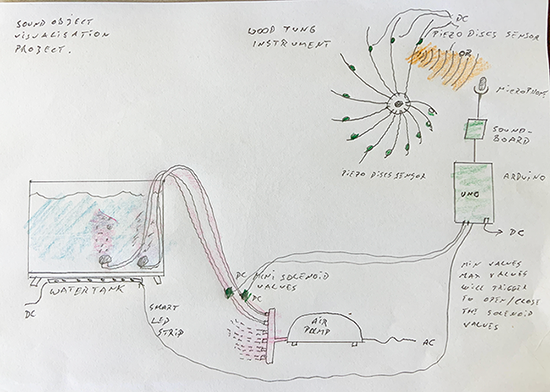
I couldn't finish my studies and project in 2023. Since the first idea of a sound object that looked like the following,
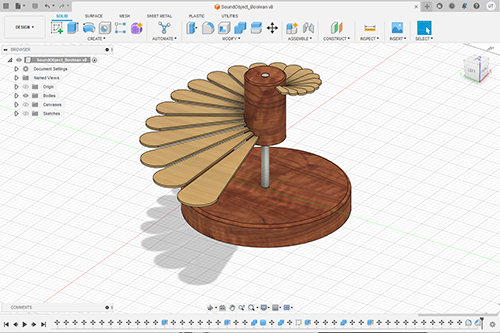
I came up with a new idea inspired by cut-offs from the making something big project. The panel of the plywood sheet used to cut out the chair parts was intended to become screen placed in the garden. The holes were covered by a layer of glued together milkweed fiber paper also knwon as japanse fiber paper. Layers of airplane dope were applied to tension the paper.
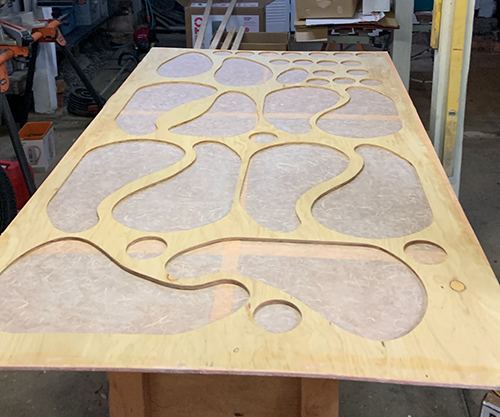
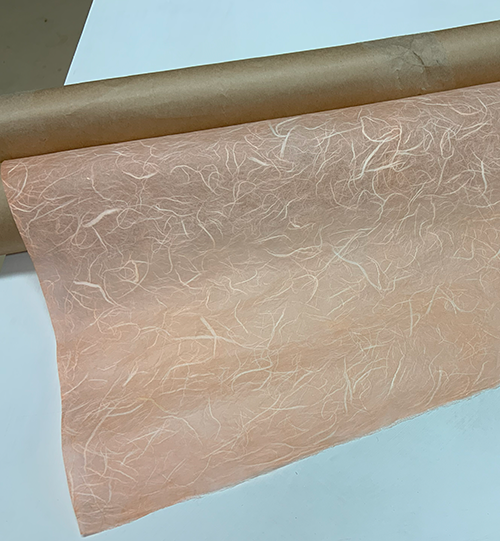
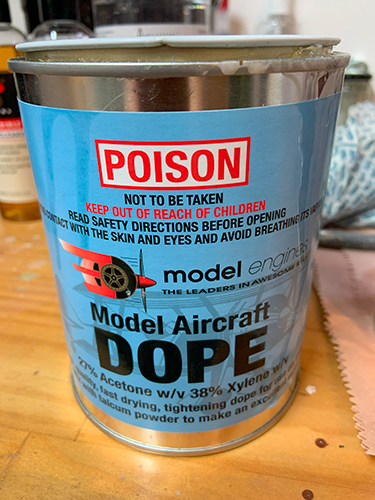
The tensioned paper made the holes sound like drums. This was the spark for replacing the wind sound object with a drumtable that can be played by two people simultaneously. To make the apaper skin more durable and playable it was decided to apply varnish to it, this would also make it waterproof.
Inpsired by the prototype I designed the following model of the drumtable in Fusion 360.
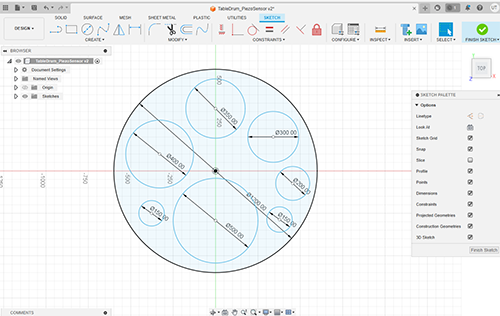
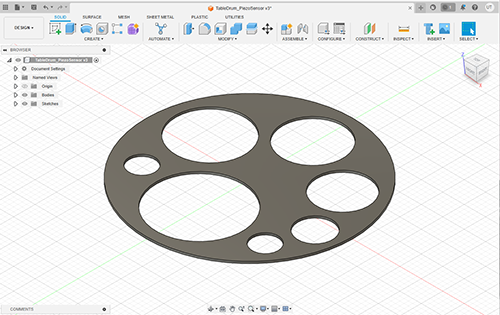
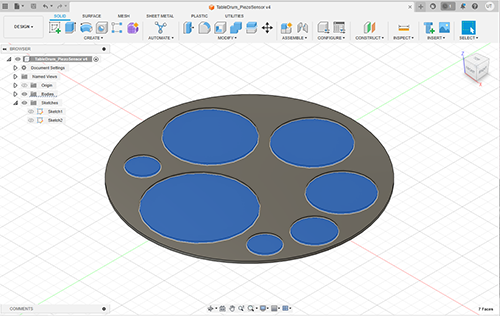
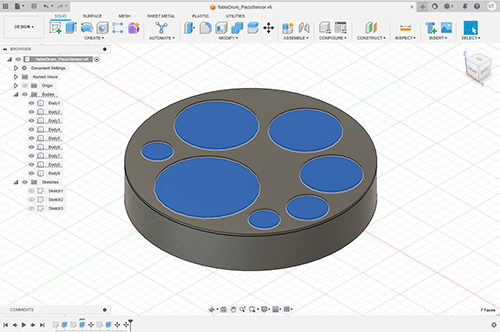
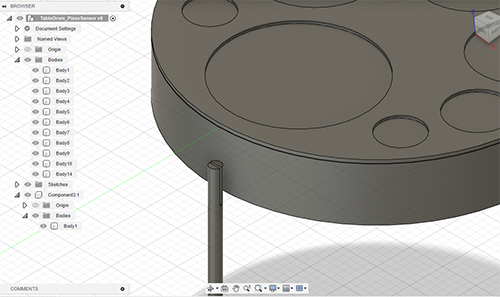

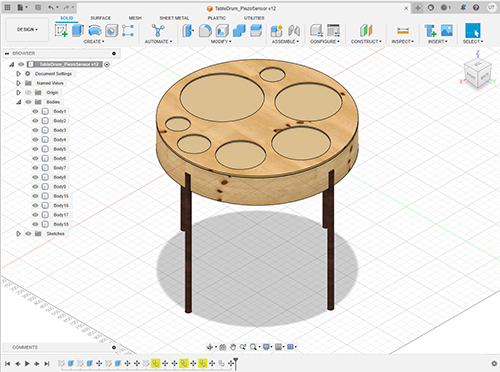
The general idea of the project will stay the same, a sound is created, a piezo electric vibration sensor picks it up and sends the signal to the processor (ESP32-C3) board. Piezoelectric sensors generate an output signal directly from applied stress, requiring no external voltage. The piezoelectric effect is the process that enables a signal output.
Before creating the ESP32-C3 circuit board it is envisioned to build an arduino prototoype.
Here are some ideas from the internet.
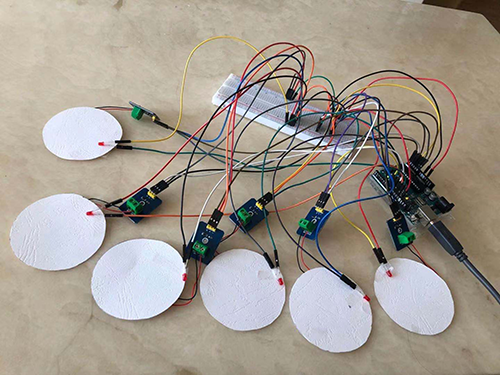
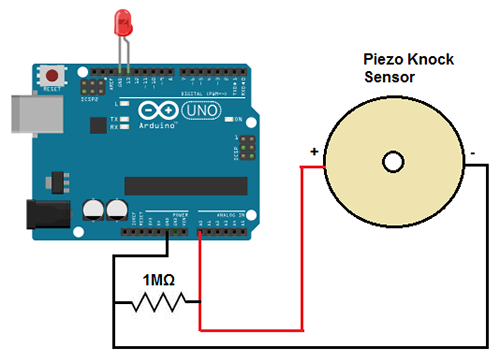

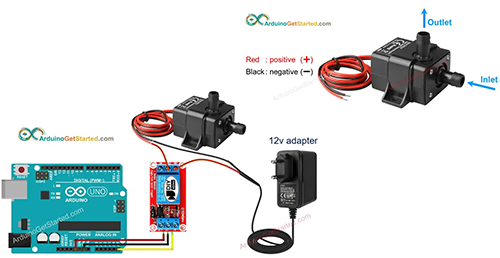
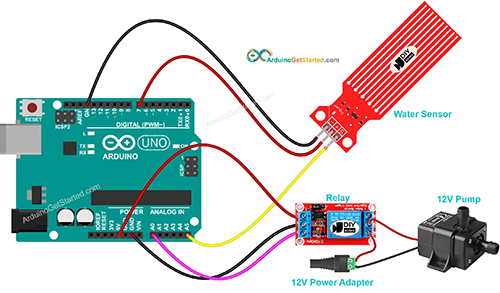
Some parts have been ordered and otheres need to be made, once the parts are available I will be starting to prototype.